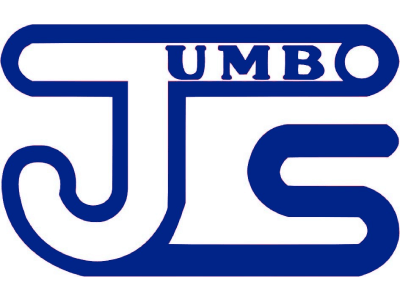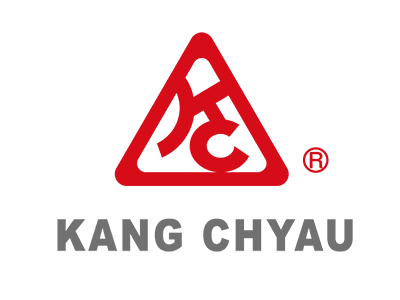YICHEEN: Multifunctional Slitting Machine – The Importance of Post-Processing in the Flexible (Plastic) Packaging Industry
Understanding the Principle of Operation
To fully leverage post-processing equipment in the flexible (plastic) packaging industry, it is crucial to understand its working principles. The post-processing slitting machines in the flexible (plastic) packaging industry primarily deal with two main types of materials: 1. Plastic tape / 2. Plastic film.
What is Post-Processing in the Flexible (Plastic) Packaging Industry?
The post-processing (secondary processing) in the flexible (plastic) packaging industry is a complex system involving many different steps. The slitting process is a core part of this production line. The ease of operation and production efficiency of slitting directly impacts productivity, and slitting accuracy is closely related to quality control. We also offer customized designs for slitting machines to meet specific needs of flexible (plastic) users.
For Examples:
1. Various tape and film material rolls → Coating with adhesive (backside) → (then → Slitting / Rewinding) → Finished rolls.
2. Various film material rolls → (Slitting / Slicing / Rewinding) → Finished rolls.
Two Main Types of Materials Used for Manufacturing Flexible (Plastic) Packaging: Plastic Tape and Plastic Film
1.Plastic Tape
Soft packaging (plastic tape is composed of base material and adhesive) is classified by base material:
1.Plastic substrates such as BOPP tape, PVC tape, etc.
2.Other substrates such as cloth tape, kraft paper tape, masking tape, fiber tape, PE foam tape, etc.
This time, we focus on (plastic) substrates.
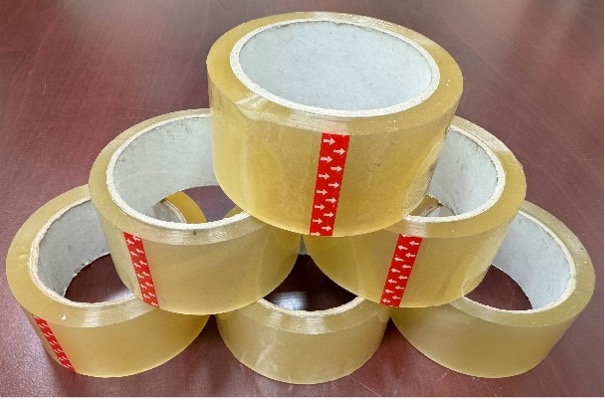
The basic concept of the slitting process is to transform large-width or large-diameter materials into smaller width specifications through slitting (cutting) / rewinding or slitting into rolls. This operation is performed using specialized slitting equipment. Depending on the characteristics of the materials, different slitting processes such as suspended/slitting or full roll slitting can be adopted. The choice of blade also depends on the thickness of the material and can include pneumatic circular blades, flat blades, or electric circular blades. Each slitting method has its unique application and is selected based on material properties, surface treatment requirements, and production efficiency.
Regardless of the slitting method chosen, each has unique applications and should be selected based on material characteristics, surface treatment requirements, and production efficiency.
When evaluating slitting equipment, understanding the following questions can help select the suitable equipment:
- Slitting speed: 15 ~ 200 m/min?
- Current material thickness?
- Maximum diameter, width, and weight of the raw material roll?
- Maximum/minimum diameter, weight, and production speed of the finished roll?
- Maximum/minimum width after slitting?
- Which type of cutting tool style, such as pneumatic blade, circular blade, or flat blade, is suitable for your material?
- Required automation level for slitting (cutting)?
- Is it necessary to integrate a complete solution for downstream (finished → roll) processing system?
Choosing the right equipment, slitting (cutting → blade) style, and automation support is crucial for ensuring production quality and efficiency.
Example of Cutting Tools:
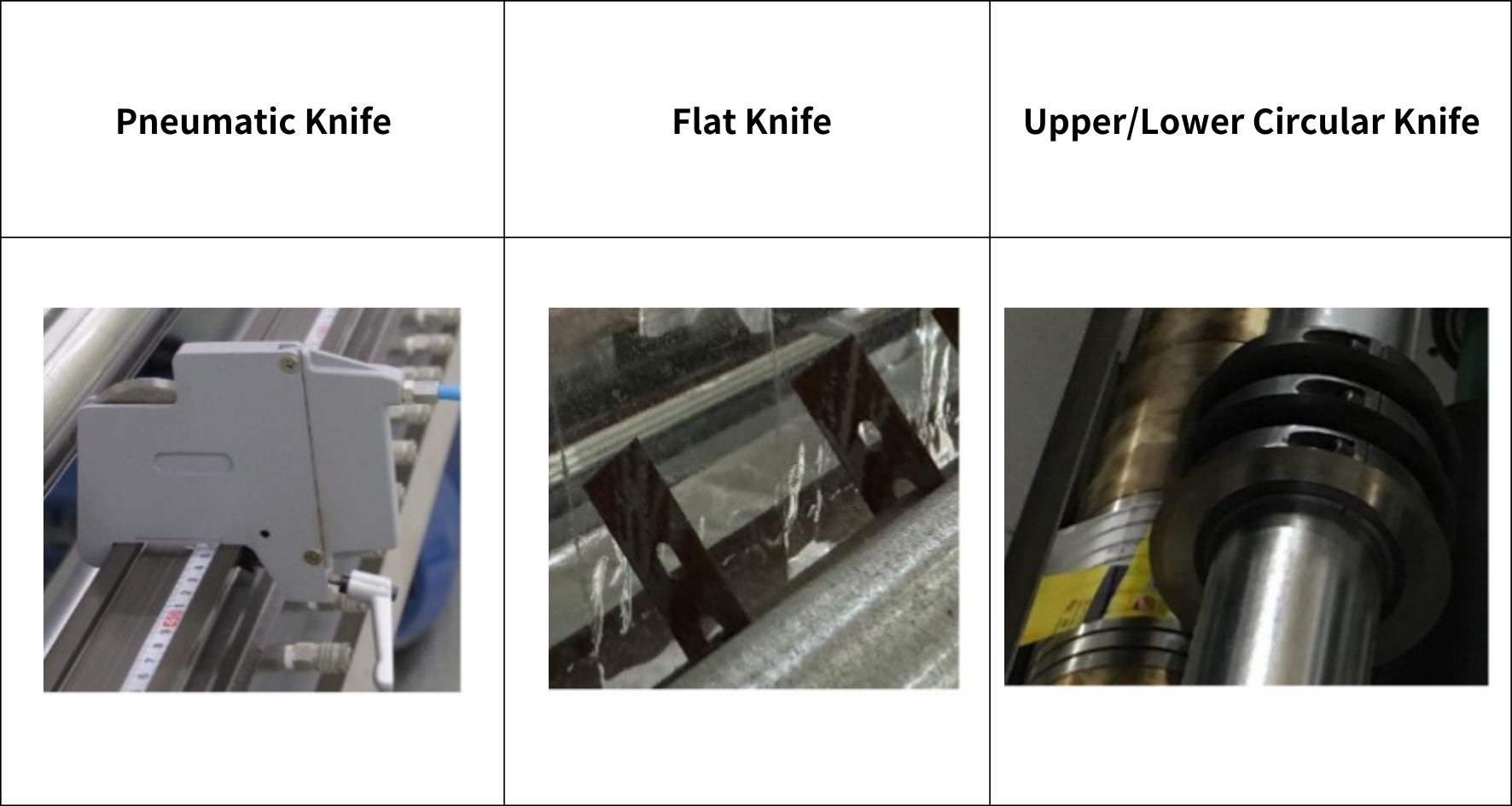
Example Equipment and Applications:
Tape Slitting Machine-1:
https://www.youtube.com/watch?v=8CVUyj8Ezxs&t=102s
- Machine speed: up to 240 M/min
- Slitting size: W1300 / 1600 mm (within range)
- Slitting thickness: 0.05 ~ 0.1 mm
- Slitting width: 48mm standard (other sizes available upon specification)
- Slitting blade: flat blade + position adjustment block
- Automatic roll change: customizable
- Automatic cutting: customizable
- Additional automation modules can be installed as per customer needs.
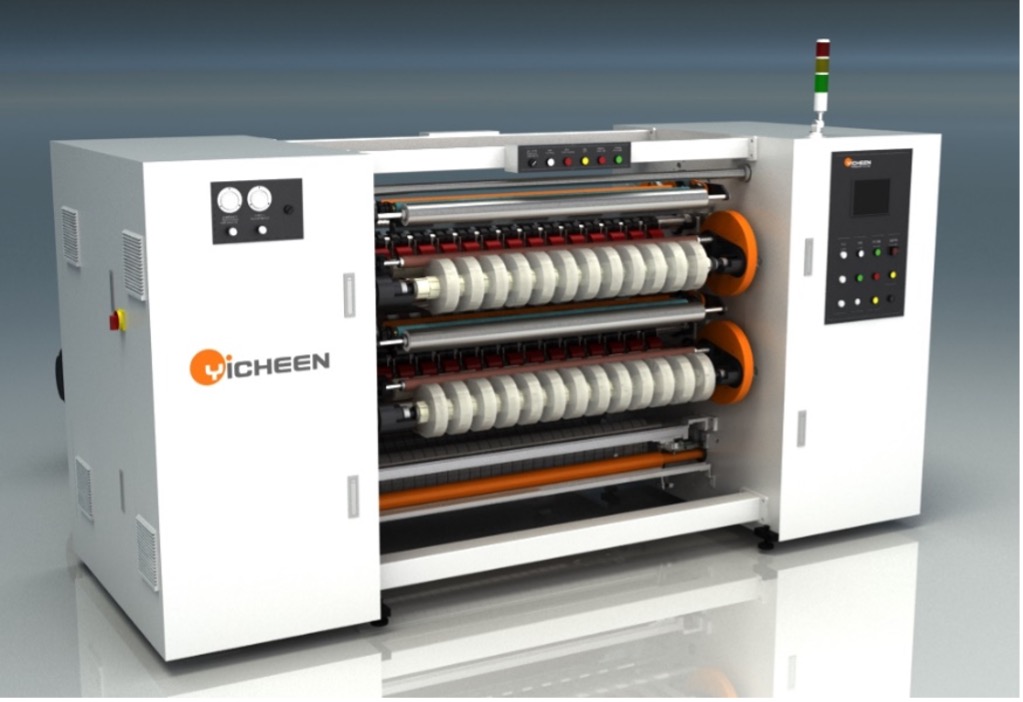
Tape Slitting Machine-2:
https://www.youtube.com/watch?v=utz91lmw42g
- Machine speed: up to 240 M/min
- Slitting size: W1300 / 1600 mm (within range)
- Slitting thickness: 0.05 ~ 0.1 mm
- Slitting width: customizable by customer
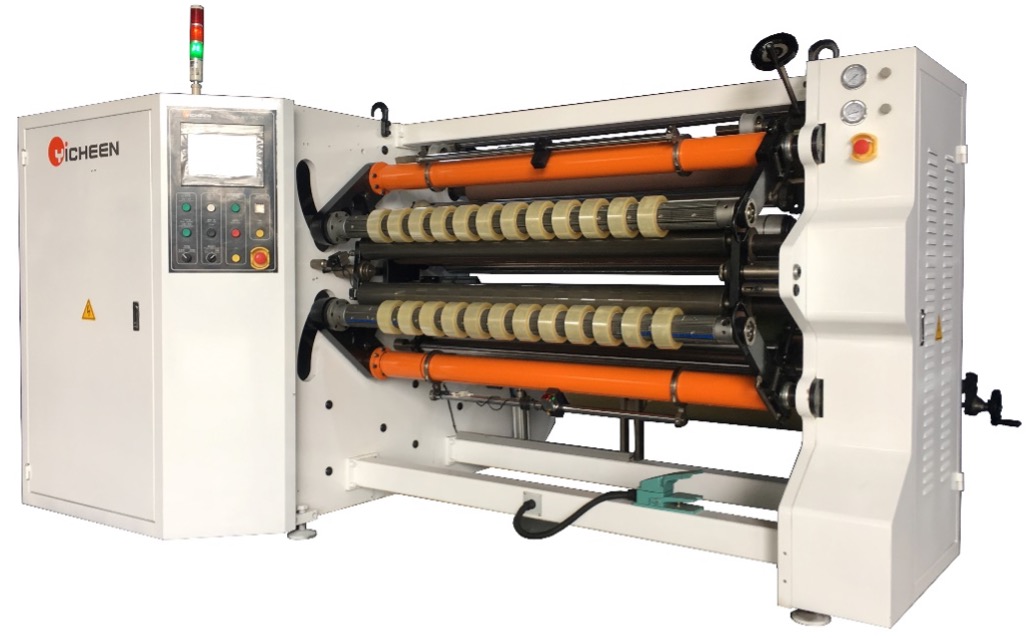
Additional modules can include (robotic roll loading/unloading), pipe cutting, automatic pipe threading, automatic pipe loading, packaging modules.
1.Paper Tube Cutting Machine (Module): Used for cutting the rolled paper tube from maximum width to minimum width.
https://www.youtube.com/watch?v=KWfXr55x0WA&t=16s
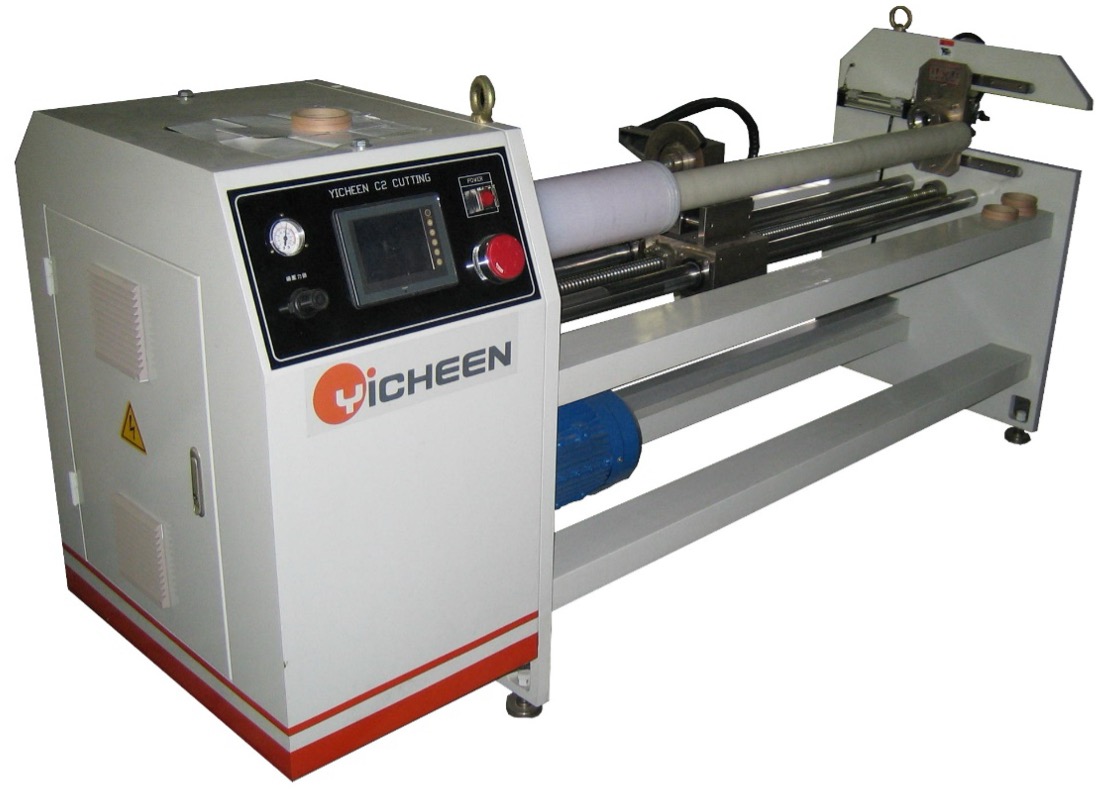
2.Automatic Tube Inserting Machine (Module): Used for operators to take down the rolled paper tube from the slitting machine and place it onto the automatic tube inserting machine. Steps include: (1) placing the rolled paper tube, (2) completing the tube insertion, (3) final product roll resting place.
https://www.youtube.com/watch?v=XyN8KVxq0DA
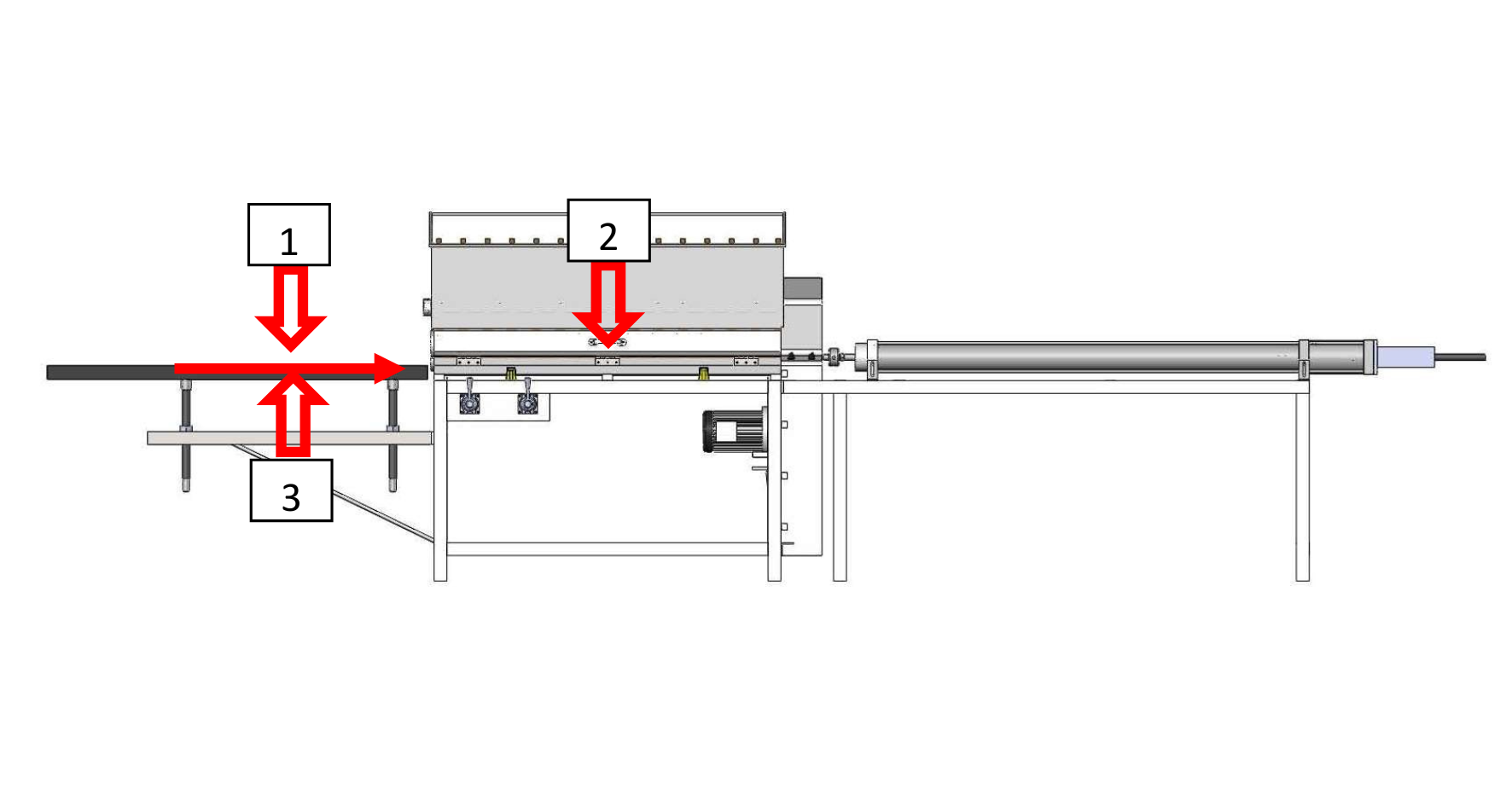
3.Automatic Tube Feeding Machine (Module): Used for operators to take down the rolled paper tube from the slitting machine to the automatic tube inserting machine. Steps include: (1) placing the rolled paper tube, (2) completing the tube insertion, (3) first conveyor of the rolled paper tube, (4) second conveyor of the rolled paper tube in place, (5) final product roll resting place.
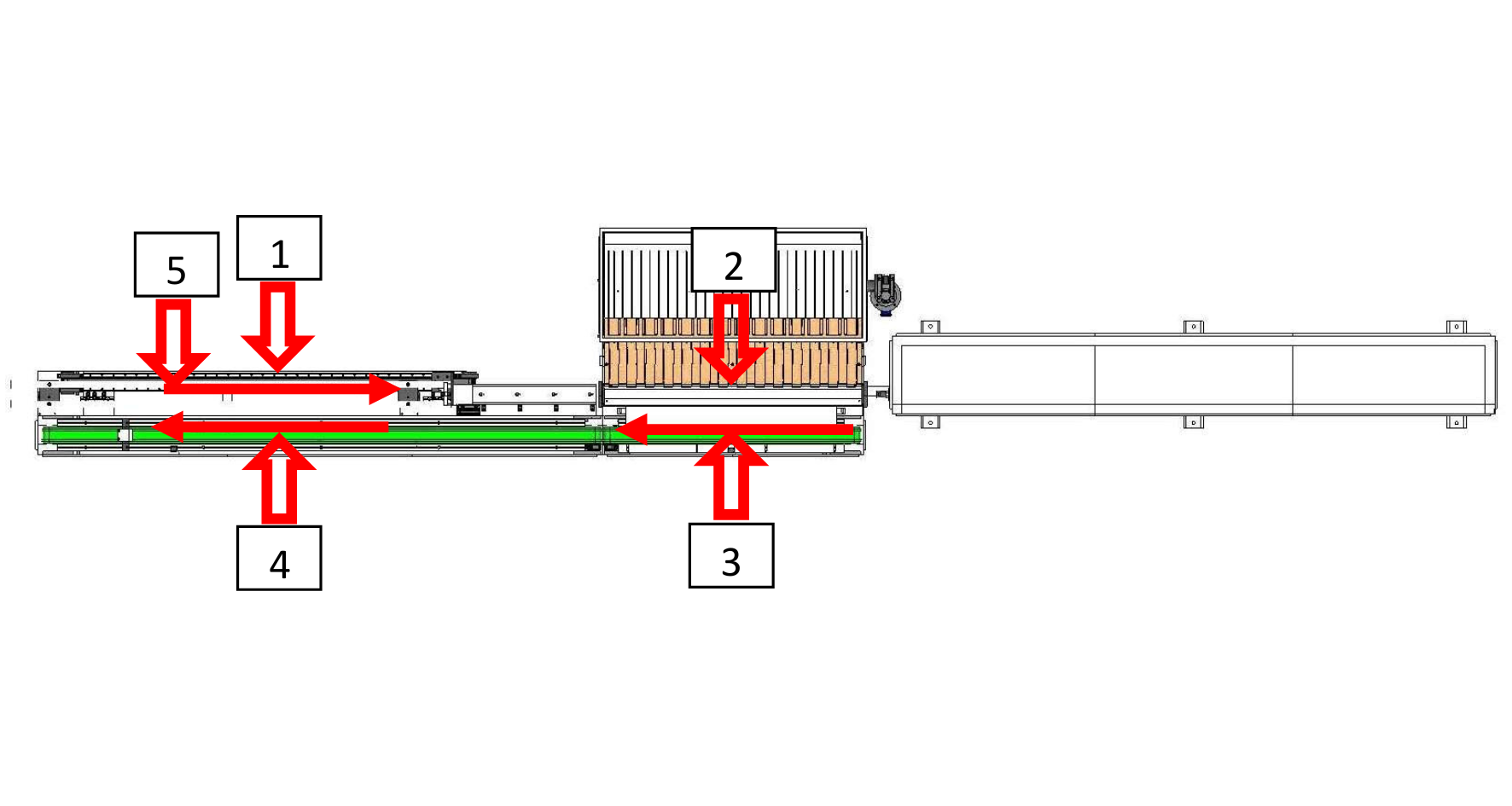
4.Packaging Machine (Module): Used for operators to take down the finished product from the rolled paper tube (after operation of the tube inserting machine, the finished product is removed from its original position (can be manually transferred to the packaging machine, or automatically moved to the packaging machine with mechanical handling)).
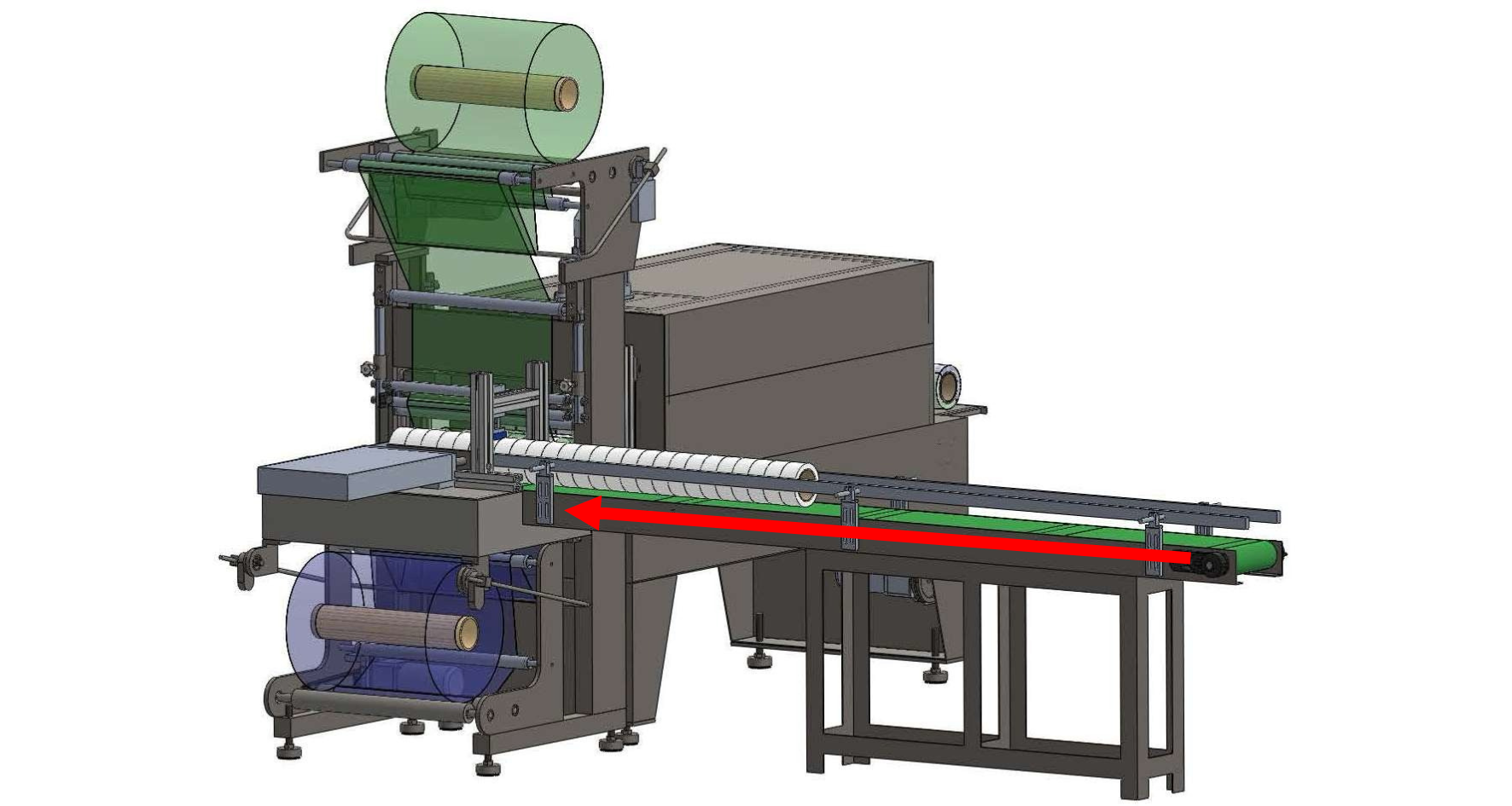
Cutting roll: Requires rewinding before slitting can occur.
When selecting suitable slitting equipment, consider the following factors:
When evaluating slitting equipment, understanding these factors is crucial for selecting suitable equipment:
- Slitting speed 30 ~ 35 roll/min?
- Maximum raw material roll diameter, width, weight?
- Maximum/minimum width after slitting?
- Which type of slitting blade—single blade, double blade, etc.—is suitable for your materials?
- Level of automation required for slitting?
- Integration of post-processing systems (finished product → roll format) for complete production line solutions?
Choosing the right equipment, cutting (slitting -> tools) style, and automation integration are crucial steps to ensure production quality and efficiency.
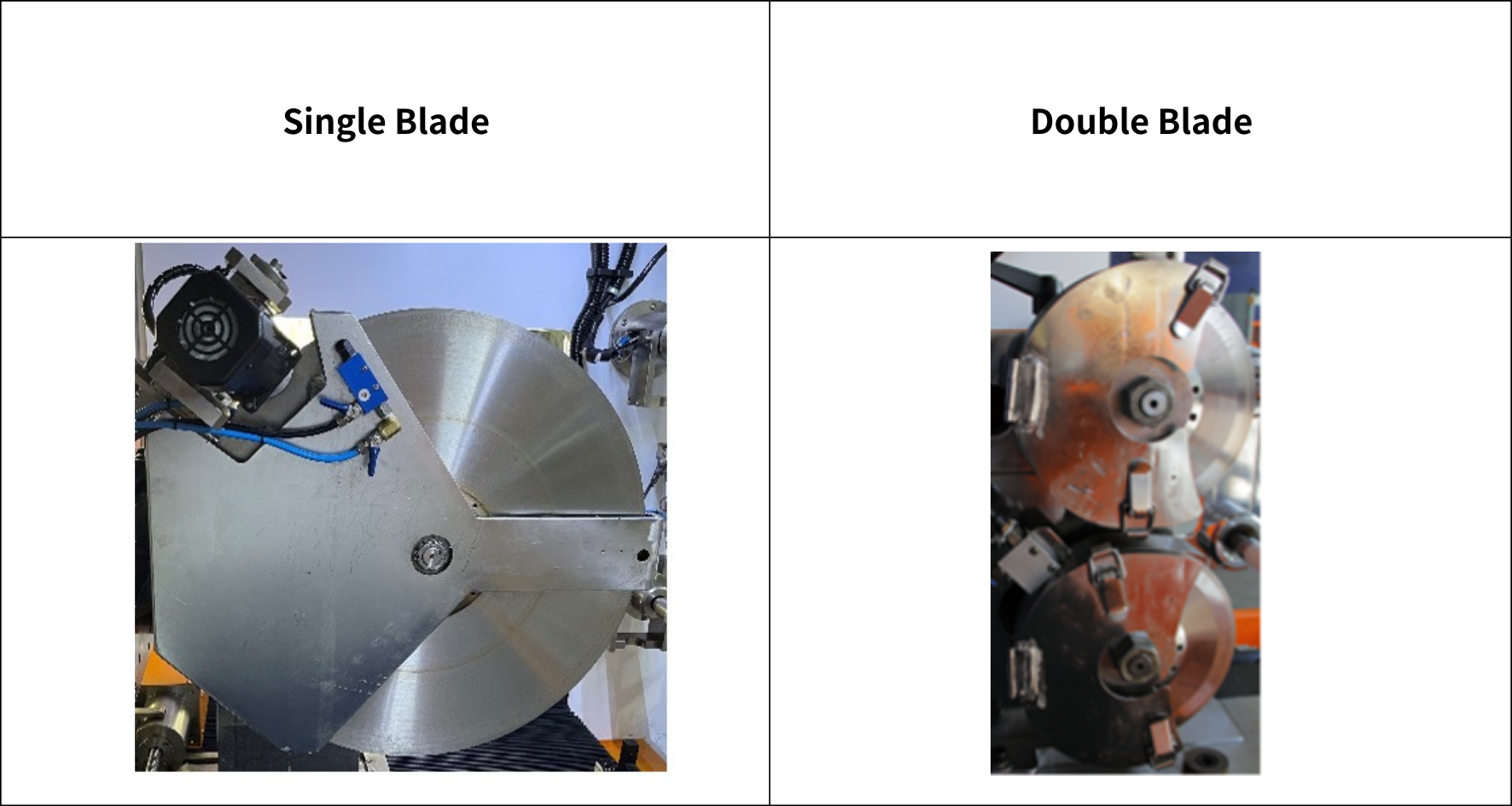
Applications:
Rewinder Machine:
https://www.youtube.com/watch?v=_trISLwj1sI&t=4s
- Machine speed up to 15 ~ 120 m/min
- Slitting size: W1300 / 1600 mm (within range)
- Slitting thickness: 0.05 ~ 0.1 mm
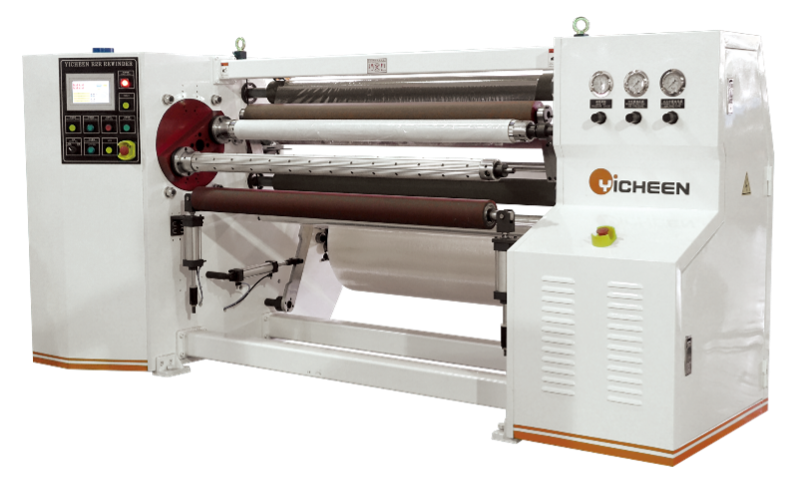
Sheet Cutting Machine: Single Shaft / Double Shaft / Four Shaft
https://www.youtube.com/watch?v=VUfSEktleLo
https://www.youtube.com/watch?v=3m5mps5uSYg
- Machine speed up to 30 ~ 35 roll/min
- Slitting size: W1300 / 1600 mm (within range)
- Slitting diameter: 85 ~ 450 mm
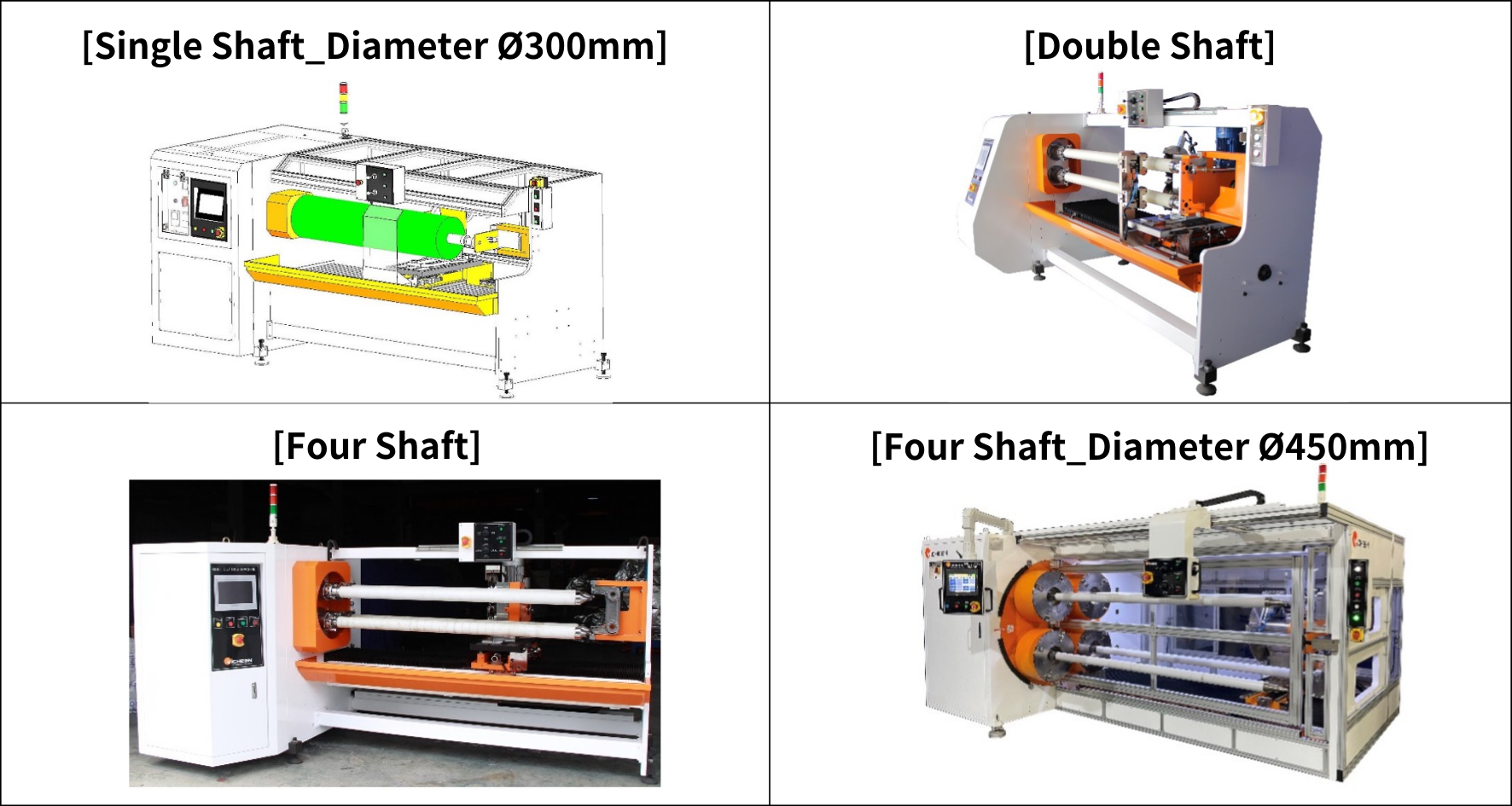
2.Plastic Film
Overview of the slitting process for packaging materials (flexible):
The basic concept of the slitting process for flexible (plastic) packaging (plastic films) involves transforming materials from large width or roll diameter to smaller width specifications through slitting and rewinding. This operation uses specialized slitting equipment and can adopt methods like razor slitting or shear slitting based on material characteristics. The choice of blades (scraper, circular, rotary, or shear) depends on material thickness, each offering unique applications tailored to material characteristics, surface treatment requirements, and production efficiency.
An automatic knife discharge device can be additionally installed for slitting, along with integration of waste edge removal, cutting, tube inserting, tube cutting, conveying, weighing, packaging, stacking for post-processing system packaging, thus simplifying operations effectively.
There is a diverse demand for automation in the industry, and excessive investment should be avoided. Equipment investors should carefully evaluate automation needs. Ensure future production plans are adapted and upgraded with automation. Experienced slitting machine manufacturers can provide customized application solutions to avoid unnecessary investment costs.
When selecting suitable slitting equipment, consider the following factors:
When evaluating slitting equipment, understanding these factors is crucial for selecting suitable equipment:
- Slitting speed 30 ~ 600 m/min?
- Current material thickness?
- Maximum raw material roll diameter, width, weight?
- Maximum/minimum finished roll diameter, weight, and production speed?
- Maximum/minimum width after slitting?
- Which type of slitting blade—scraper, circular, rotary, shear, etc.—is suitable for your materials?
- Level of automation required for slitting?
- Integration of post-processing systems (finished product → roll/sheet format) for complete production line solutions?
Example of Cutting Tools:
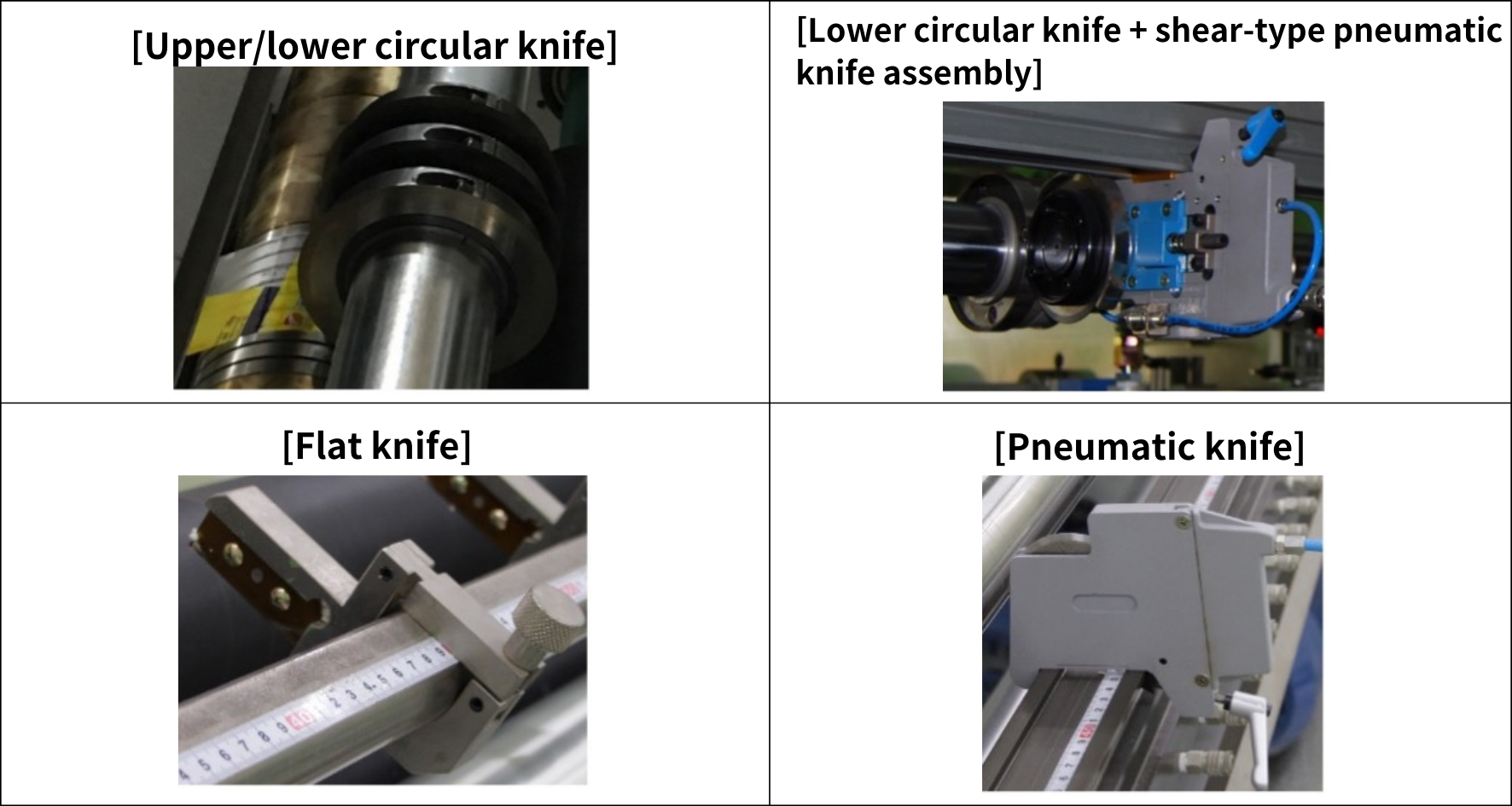
Applications:
Slitting Machine-1:
- Machine speed up to 15 ~ 300 m/min
- Slitting size: W1300 / 1600 mm (within range)
- Slitting thickness: 0.05 ~ 0.6 mm
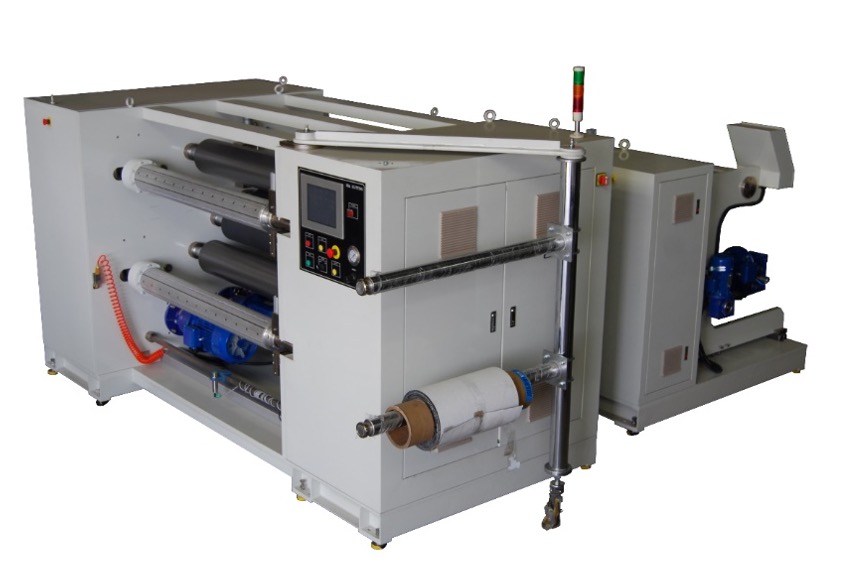
Slitting Machine-2:
https://www.youtube.com/watch?v=COOaB0XIbUI&t=15s
- Machine speed up to 15 ~ 200 m/min
- Slitting size: W1300 / 1600 mm (within range)
- Slitting thickness: 0.05 ~ 0.6 mm
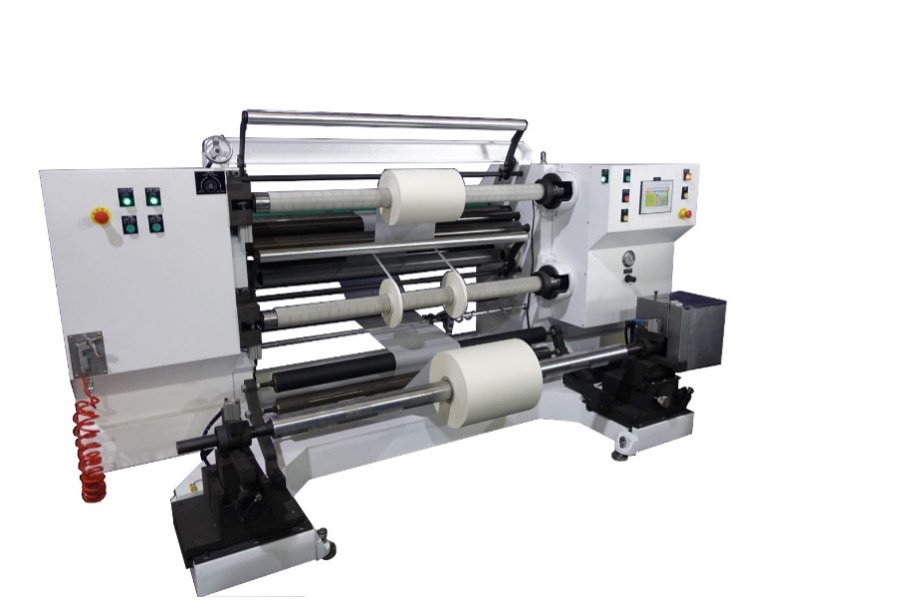
Slitting Machine-3:
https://www.youtube.com/watch?v=s1-wtn8Lk5M
- Machine speed up to 300 m/min
- Slitting size: W600 mm (within range)
- Slitting thickness: 0.05 ~ 0.6 mm
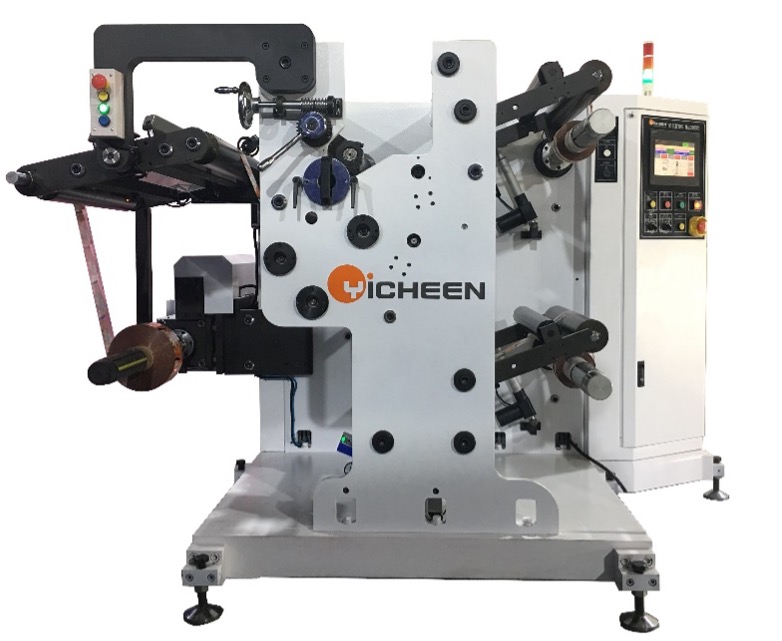
Slitting Machine-4:
https://www.youtube.com/watch?v=MgUvcxk6nAY
- Machine speed up to 120 m/min
- Slitting size: W360 mm (within range)
- Slitting thickness: 0.05 ~ 0.6 mm
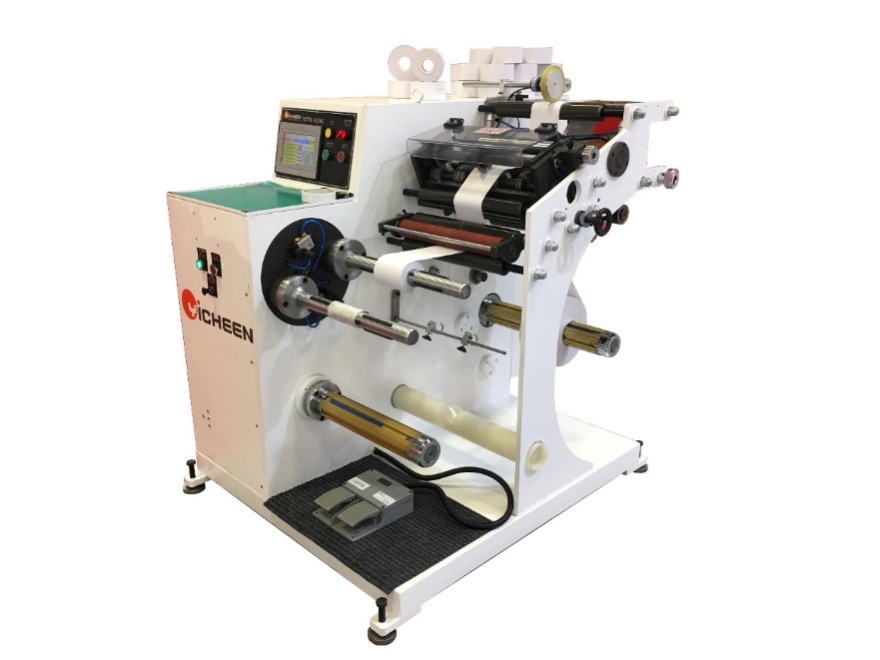
Slitting Cutting Machine:
https://www.youtube.com/watch?v=0WhUliDEbLU&t=48s
- Machine speed up to 10 ~ 60 m/min
- Slitting size: W50 ~ 2950 mm (within range)
- Cutting size: W350 ~ 3000 mm (within range)
- Slitting thickness: 0.05 ~ 2.0 mm (within range)
- Stacking type: Customizable
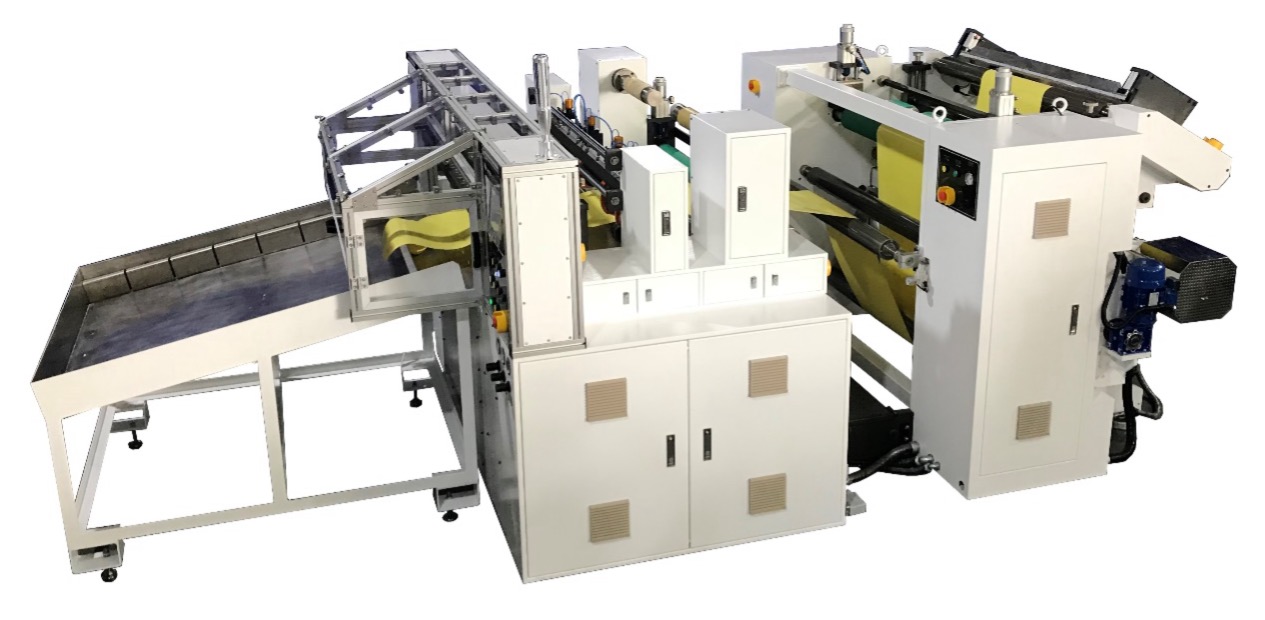
★ Applications:
In summary, slitting machines are widely used in industries such as printing, packaging, automotive, electronics, leather, medical, toys, construction, consumer goods, and power and battery industries. Various types of plastic films include PP, PE, PET, PVC, BOPP, and BOPET, among others. They can slit various material rolls into desired roll sizes, each with unique characteristics and advantages to meet production needs in different packaging industries.
Leading manufacturers of slitting machines for flexible (plastic) packaging materials
Understanding more about post-processing in the flexible (plastic) industry is best achieved through consulting with experts experienced in designing specific applications for post-processing equipment. YICHEEN is one of the leading manufacturers of slitting machines, widely used worldwide for small, medium, and large-scale production of flexible (plastic) packaging materials with high quality and precise tolerances. Many optional equipment configurations are available, including automatic knife positioning devices, waste edge collection, cutting, automatic tube insertion, automatic tube cutting, conveying, weighing, packaging, and stacking systems for downstream processing of finished products.
For more information on flexible (plastic) packaging equipment, please check our detailed machine information, download specifications, or contact our team directly.



